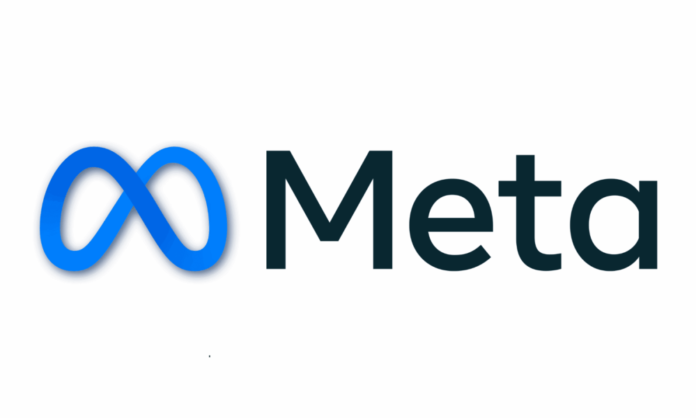Table of Contents
Australia’s Youth Social Media Ban and the Industry’s Response
Australia has introduced the Online Safety Amendment (Social Media Minimum Age) Act 2024 — the world’s first national-scale attempt to legally restrict under-16s from social media. The law, which takes effect on December 10, 2025, aims to protect young people by requiring platforms to take “reasonable steps”to prevent underage users from accessing their services. Companies that fail to comply face fines of up to A$49.5 million (US $32.5 million).
Meta (owner of Facebook and Instagram), TikTok (owned by ByteDance), and Snap (parent company of Snapchat) initially pushed back. They warned the ban might drive young people toward less-regulated, potentially more harmful corners of the internet and disrupt meaningful social connections among teens.
A Meta spokesperson told Reuters, “We support the goal of protecting young people, but blanket bans risk cutting them off from safe spaces where they connect and learn”. TikTok shared a similar sentiment, adding that “education, not exclusion, is the key to digital safety”.
Despite their objections, all three companies have confirmed they’ll comply once enforcement begins. They’re now preparing to deactivate accounts identified as belonging to Australians under 16 — a major shift that underscores the growing global pressure on social-media firms to take responsibility for youth safety and mental health.
Existing under-16 accounts will not be exempt; every identified account will be reviewed and, if verified as underage, deactivated once the law takes effect.
For SquaredTech, This marks a defining moment in digital regulation. Australia’s framework is among the strictest youth-protection laws worldwide and could influence similar measures under consideration in the EU, UK, and United States, where regulators are watching closely.
Read More About Our Article of Australia’s Social Media Ban for Teens Under 16: What You Need to Know for the Good of Our Kids, published on Oct 21st 2025 SquaredTech.
How Platforms Will Enforce Account Deactivation for Users Under 16
Starting December 10, Meta, TikTok, and Snap will begin alerting users flagged as underage. Those affected will have the option to delete their content or archive it until they reach the legal age.
Meta expects about 450,000 Australian Instagram and Facebook accounts to be impacted. TikTok estimates around 200,000, while Snap projects roughly 440,000 under-16 accounts. These figures come from early compliance reports shared with regulators.
To identify underage users, the platforms will rely on automated behaviour-tracking systems that analyse patterns such as viewing speed, engagement habits, and language cues. Critics warn these AI systems could misclassify legitimate users or compromise privacy if misused.
Users who believe they’ve been wrongly flagged can appeal. Meta and TikTok will employ third-party age-verification services using facial-age estimation or government ID checks run by licensed providers. The companies claim these systems don’t store biometric data, but privacy advocates remain wary.
Digital-rights researcher Dr Megan Lim, deputy director at the Burnet Institute, told Scimex: “Age verification alone can’t solve the risks. Young people will still find ways online, so the focus should be on education and digital literacy”.
Her point echoes broader concern that regulation alone may not address deeper cultural and mental-health factors driving online behaviour.
This level of enforcement represents one of the most complex compliance challenges social-media platforms have faced. Balancing accuracy, fairness, and privacy will determine whether the law works — and how future global standards evolve.
Industry Concerns and Public Reaction
As Australia prepares to enforce the law in December, industry and public perspectives continue to evolve.
Before agreeing to comply, Meta, TikTok, and Snap warned that a blanket ban could push youth toward unsafe, unmonitored spaces. Mental-health experts and civil-society groups share that concern.
Save the Children Australia stated: “Cutting off access to social media will not only limit people’s positive interactions but ricochet negativity into more harmful pathways”.
John Pane, Chair of Electronic Frontiers Australia (EFA), called the measure “an authoritarian and unnecessary step toward government intrusion into the online lives of young Australians, undermining their rights without adequate privacy protections”.
YouTube now included: The government reversed its earlier exemption in September 2025, requiring YouTube to restrict under-16 accounts.
Government stance: The eSafety Commissioner confirmed that penalties apply only to platforms, not minors or parents.
Tech companies cautious: Google and YouTube told a Senate committee the law will be “extremely difficult to enforce” and may not meet its safety goals.
Safety vs. isolation: Child-advocacy groups like Save the Children and headspace support the intent but warn that full removal could isolate young people who rely on online peer networks.
Public reaction mixed: Parents welcome clearer rules but remain skeptical about privacy safeguards. Experts caution that restricting major apps could drive youth toward less-safe or scam-heavy alternatives. Security researchers have already reported a surge in under-16 sign-ups on lesser-known chat apps and unmoderated forums following early enforcement tests.
These responses capture the divide between those who see the law as overdue protection and others who fear it creates new risks instead of solving existing ones.
Parents and educators are encouraged to discuss the changes with teens ahead of December 10 to help them understand how to stay safely connected online.
Conclusion
Australia’s youth social-media ban and the responses from Meta, TikTok, and Snap mark a major turning point in global internet policy. Although the companies initially opposed the measure, they’re now preparing to deactivate under-16 accounts and introduce new AI-driven verification systems to comply.
Whether this becomes a model for digital protection or a cautionary tale will depend on how well platforms manage the balance between safety, privacy, and connection — a balance that could define the next decade of social-media regulation.
For more Updates: TechNews


